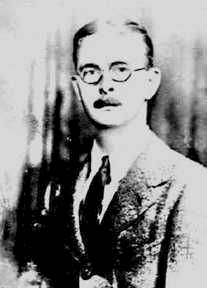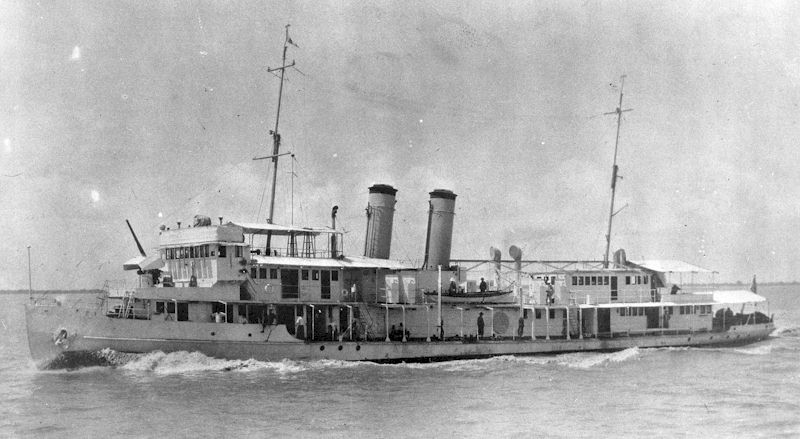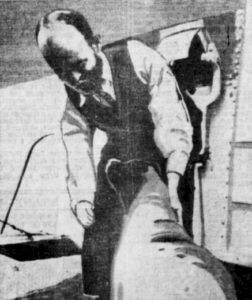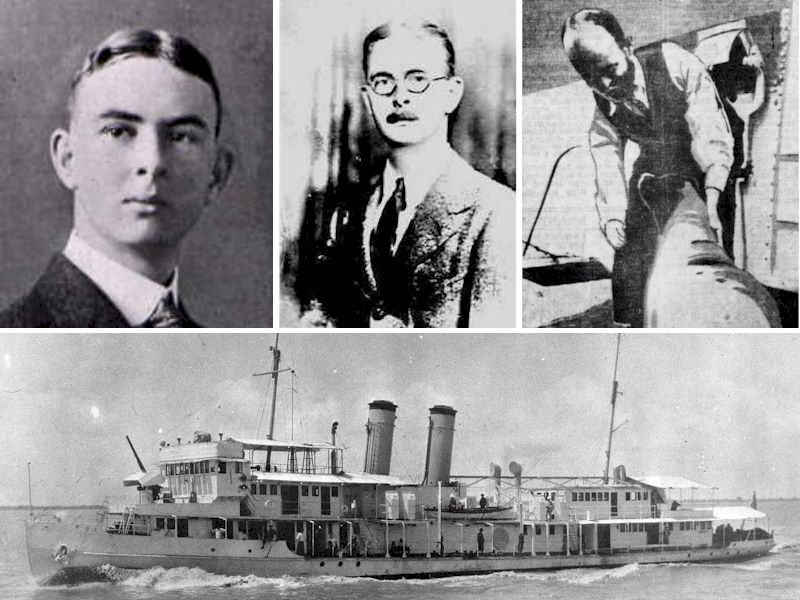The Young J. Hall Paxton

If you missed Part 1, click here to read the beginning of this story.
Hall Paxton spent the first twenty-three years of his life living alternately in the United States and China. He returned to America in 1912 to attend Pittsburgh’s Brookline Public School. One year later he returned to China, entered the Shanghai American School, and graduated with a high school diploma in 1917. Hall came back to the United States once more in 1917 to the Phillips Academy in Andover, Massachusetts, and then attended Yale College. He graduated from Yale with a B.A. in 1922.
In the fall of 1922 Hall matriculated at Magdalene College, Cambridge, but soon moved to France where he gained admission to L’Ecole libre des Sciences Politiques in 1924, a school for the education of political elites.
The young graduate student did not remain long in France, for in late 1924 he sailed for New York to take the Foreign Service examination, for which he was obviously well qualified. In December he visited Danville to see his aunt and supporter, Alice Shelton Burton at 723 Main Street. After passing the service test in 1925, he spent several months training in Washington where he met and married Ann Healey in Fairfax, Virginia. He then received an assignment to Nanking, China.
From 1925 to 1929 Hall served as Vice-Consul to Nanking. His new bride was with him by 1926. He watched four Chinese governments rise and fall within two years. Nanking finally returned to a semblance of political stability in 1927 after the bloody “Nanking Incident” when Nationalists looted foreign property and took over the city. Hall helped evacuate foreigners from the American consulate to British and American warships during the crisis. No reference was made to Ann Healy Paxton though she was presumed to be safe and aboard one of the ships in Shanghai harbor. He was publicly commended by the State Department and by President Calvin Coolidge for courageous intelligent service during the incident. Afterwards Hall worked to restore American property and prestige in Nanking.
Anne Healey Paxton visited her mother-in-law here in Danville in 1928. Both Hall and Ann visited his parents at 723 Main Street in October 1929 before he departed again for Peking.
From 1930 to 1942 Hall held a variety of posts in China, including Language Attaché at Peiping (1929-1931), Consul at Canton (1932-1934), Consul at Chefoo (1934-1936), Second Secretary of the Embassy at Nanking (1937), and Consul at Shanghai on assignment to Nanking (1938-1942). In each of these positions he watched Sino-Japanese tensions escalate into open warfare.
An ambassador represents the head of state (the president in our case) in a foreign country. If an ambassador has assistants, they are called secretaries. A Consul assists the citizens and businesses of his home country abroad. A large country may have several consuls / consulates for major cities or regions, but only one ambassador.
 On several more occasions Hall was more than just an observer. He directed the evacuation of foreign missionaries from the communist-held Chinese city of Sianfu in January 1937. An army of 10,000 communists were holding this provincial capital city. He and a military attaché used a chartered plane to bring six Italians, one Spaniard, and one Brit to safety.
On several more occasions Hall was more than just an observer. He directed the evacuation of foreign missionaries from the communist-held Chinese city of Sianfu in January 1937. An army of 10,000 communists were holding this provincial capital city. He and a military attaché used a chartered plane to bring six Italians, one Spaniard, and one Brit to safety.
Next, he found himself caught in the crossfire between Chinese and Japanese forces in Nanking where he had been appointed second secretary. While the ambassador and most staff left in mid-September 1937, Hall received permission to keep the embassy open. He, his wife Ann, and fifteen American citizens stayed with supplies for three months. By December, however, the decision was made to move through the bombed-out streets of Nanking to the gunboat U.S.S. Panay.


On December 12, 1937, Japanese bombers sank the American gunboat, an act which only worsened an already poor American-Japanese relationship. The Japanese claimed the attack was accidental and profusely apologized. A total of three crew and passengers were killed and 43 were wounded. Hall received a shoulder wound from shrapnel during this incident – shown at right with his blood-stained shirt and his dog Happy. Because of his ability to speak Chinese, it was Hall who temporarily left the party of survivors to telegraph news of the bombing to the U.S. Ambassador at Hangkow.
In 1939, Ann Healey Paxton returned from China alone, perhaps tiring of the diplomatic life in a country torn by wars and rebellions.
Hall continued to monitor events in China until the bombing of Pearl Harbor in December 1941 when Japanese troops interned the entire American Consulate – either at home or in the Metropole Hotel. Six months later, Hall and his co-workers were repatriated by a Japanese exchange ship. He was in poor health as a result.
In 1942, Hall Paxton returned to the U.S. and promptly filed for divorce from Ann Healey in Garland, Arkansas, based on a three-year separation. He also spent time with his Danville family recuperating from his imprisonment.
On January 9, 1943, Hall married Vincoe Charity Mushrush – presumably they he had met in China. Shortly after, Hall Paxton was assigned to Tehran in Persia.
Stay tuned for Part 3 including Vincoe Charity Mushrush Paxton and more heroic adventures.

Thanks for this informative history of the Paxton family. Looking forward to the next edition.